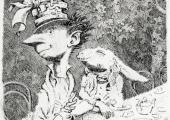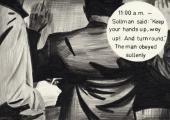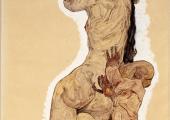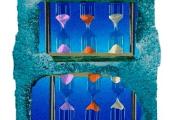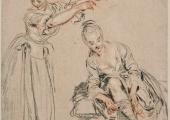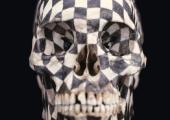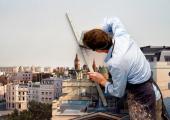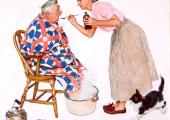Jake or Dinos Chapman, White Cube Mason's Yard and Hoxton

An exhibition that is clever, rich, layered. Oh, and very funny
It begins in a so-so fashion. The ground-floor gallery at White Cube’s Mason’s Yard features a sea of Constructivist sculptures on plinths. These are made from bits of torn cardboard and loo rolls, sloppily painted. Jake and Dinos Chapman love corny art jokes, but this gag feels like it’s already a little flat. And I’m disappointed to be disappointed. Chapman exhibitions are always something to look forward to, and I was looking forward to this one, especially since they had in mind a game. And the game in this instance was that they had worked independently for the first time - in separate studios and unseen by the other - and you’d have to guess who’d done what.

